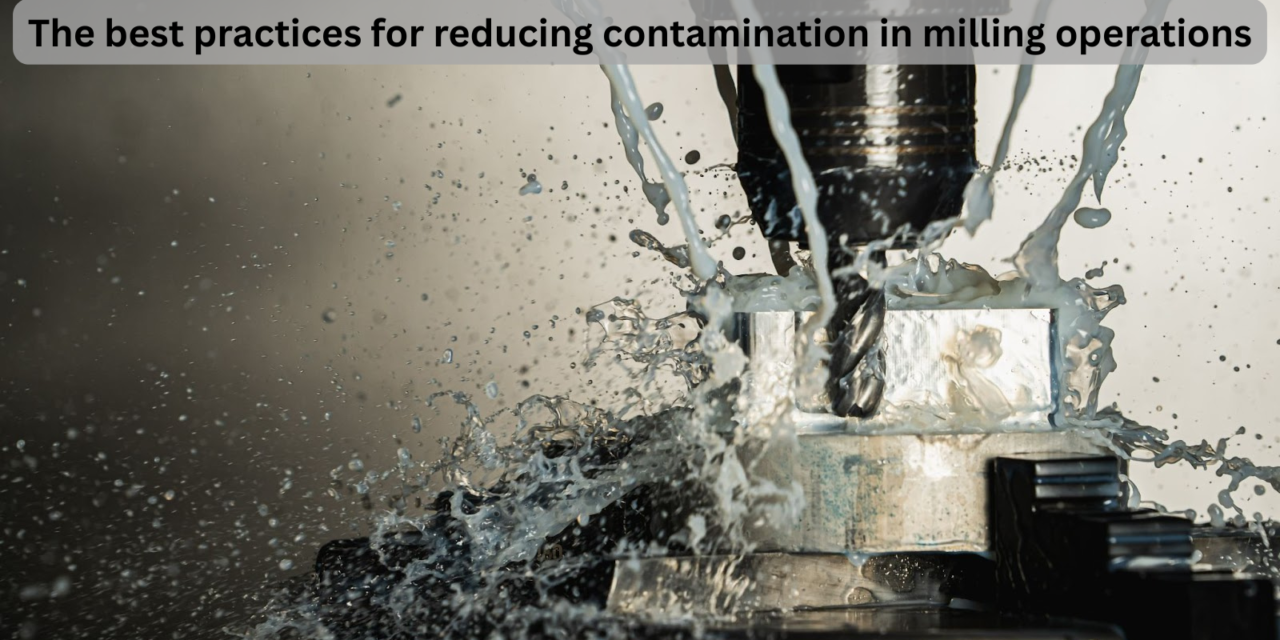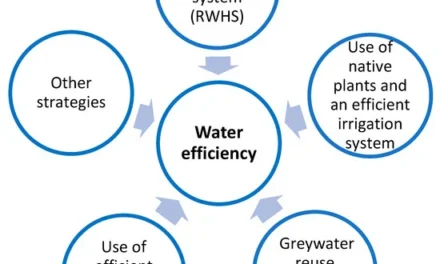Reducing contamination in milling operations is crucial for ensuring product safety, maintaining quality, and complying with regulatory standards. Here are the best practices for minimizing contamination risks in milling operations:
1. Maintain Rigorous Cleaning and Sanitation Procedures
- Why It Matters: Residual grain dust and debris can harbor pathogens, pests, and contaminants.
- Best Practices:
- Scheduled Cleaning: Regularly clean all equipment, including rollers, sieves, conveyors, and storage bins.
- Dust Control Systems: Install dust extraction and vacuum systems to minimize airborne particles.
- Clean-In-Place (CIP) Systems: Automate cleaning for hard-to-reach machinery components.
- Sanitization: Use food-grade sanitizers to disinfect surfaces without leaving harmful residues.
- Tip: Include cleaning logs to ensure accountability and traceability.
2. Implement Pest Control Programs
- Why It Matters: Pests like rodents, insects, and birds can introduce physical and biological contaminants.
- Best Practices:
- Integrated Pest Management (IPM): Monitor, identify, and control pests using traps, physical barriers, and safe pesticides.
- Sealed Facilities: Repair cracks, seal gaps, and use fine mesh screens to prevent pest entry.
- Regular Inspections: Inspect storage areas and machinery for signs of pest activity.
- Tip: Use ultrasonic pest repellents or non-toxic traps in sensitive areas to minimize chemical use.
3. Establish a Raw Material Inspection System
- Why It Matters: Contaminants like stones, metals, or mold can enter the mill with raw grains.
- Best Practices:
- Pre-Cleaning Equipment: Use screens, aspirators, and magnetic separators to remove impurities.
- Moisture Testing: Reject grains with high moisture levels, as they are prone to mold growth.
- Supplier Quality Assurance: Source grains only from trusted suppliers with verified quality standards.
- Tip: Implement a grain grading system to ensure only high-quality materials are processed.
4. Use Advanced Sorting and Separation Technologies
- Why It Matters: Automated systems improve the accuracy of contaminant removal.
- Best Practices:
- Optical Sorters: Use color, shape, and size detection to separate defective grains.
- Metal Detectors: Identify and remove metal particles from raw and finished products.
- De-Stoners and Aspirators: Remove stones, husks, and other foreign materials effectively.
- Tip: Regularly calibrate and test sorting equipment to ensure optimal performance.
5. Monitor and Control Moisture Levels
- Why It Matters: High moisture levels encourage mold, bacteria, and pest growth.
- Best Practices:
- Conditioning: Precisely control water addition during grain conditioning.
- Dry Storage: Keep moisture levels below 14% to prevent microbial growth.
- Hygrometers: Use real-time sensors to monitor humidity in storage and processing areas.
- Tip: Implement moisture control at multiple stages, from raw grain storage to post-milling.
6. Train Employees on Hygiene and Safety
- Why It Matters: Human error or negligence can introduce contaminants into the milling process.
- Best Practices:
- Personal Hygiene Policies: Hand washing, protective clothing, and hairnets are required in processing areas.
- Regular Training: Educate workers on contamination risks and proper cleaning protocols.
- Access Control: Limit access to sensitive areas to authorized personnel only.
- Tip: Provide visual reminders, such as posters and checklists, in processing areas.
7. Implement Allergen Management Programs
- Why It Matters: Cross-contamination with allergens like wheat, soy, or nuts can pose health risks.
- Best Practices:
- Dedicated Lines: Use separate equipment for allergen and non-allergen products.
- Thorough Cleaning: Ensure allergen residues are removed during changeovers.
- Labeling: Clearly identify allergen presence on product labels.
- Tip: Conduct allergen testing regularly to verify the effectiveness of cleaning protocols.
8. Use Traceability and Monitoring Systems
- Why It Matters: Identifying contamination sources quickly minimizes product recalls and disruptions.
- Best Practices:
- Batch Tracking: Assign traceable codes to each production batch.
- IoT Sensors: Monitor temperature, humidity, and contamination risks in real time.
- Automated Alerts: Use software to flag deviations from quality parameters.
- Tip: Maintain comprehensive records for auditing and recall management.
9. Conduct Regular Maintenance and Calibration
- Why It Matters: Faulty or worn equipment can introduce contaminants like metal shavings or oil.
- Best Practices:
- Scheduled Maintenance: Inspect and repair machinery regularly.
- Calibration: Ensure weighing, sorting, and metal detection equipment are accurate.
- Lubrication: Use food-grade lubricants to avoid chemical contamination.
- Tip: Replace worn components like rollers or belts before they fail.
10. Comply with Regulatory and Industry Standards
- Why It Matters: Meeting food safety standards ensures compliance and consumer trust.
- Best Practices:
- HACCP (Hazard Analysis and Critical Control Points): Identify and control contamination risks at critical points.
- ISO 22000 Certification: Adopt international food safety management systems.
- FDA/FSMA Compliance: Follow local food safety regulations, such as those by the FDA or EFSA.
- Tip: Conduct internal audits to ensure ongoing compliance with standards.
11. Manage By-Products and Waste Effectively
- Why It Matters: Waste can attract pests or reintroduce contaminants into the facility.
- Best Practices:
- By-Product Segregation: Isolate bran, husks, and other by-products from finished products.
- Disposal Systems: Use covered bins and regular disposal schedules for waste materials.
- Recycling Programs: Implement safe recycling practices for by-products like animal feed.
- Tip: Store by-products in clean, pest-proof containers.
12. Establish Emergency Response Plans
- Why It Matters: Quick action can contain contamination and prevent widespread issues.
- Best Practices:
- Recall Procedures: Develop a protocol for isolating and recalling contaminated products.
- Contamination Investigation: Use root cause analysis to identify and resolve contamination sources.
- Crisis Communication: Inform stakeholders transparently about contamination incidents.
- Tip: Conduct mock recalls to test and improve emergency response plans.
13. Invest in Technology and Innovation
- Why It Matters: Advanced technologies enhance detection and prevention of contamination.
- Best Practices:
- UV Sterilization: Use ultraviolet light to disinfect equipment and reduce microbial load.
- Blockchain for Traceability: Improve transparency and accountability in supply chains.
- AI-Powered Monitoring: Use machine learning to predict contamination risks.
- Tip: Evaluate ROI for new technologies to prioritize high-impact investments.
Conclusion
Reducing contamination in milling operations requires a combination of advanced technology, rigorous processes, employee training, and adherence to industry standards. By implementing these best practices, facilities can ensure product safety, maintain customer trust, and improve operational efficiency.
Hashtags
#FoodSafetyMatters #MillingTechnology #SanitaryProcessing #QualityControl #FoodProcessing #GrainMilling #FoodSafetyStandards #CleanProduction #HygieneMatters #SafeFoodHandling #MillingEfficiency #FoodSafetyCompliance #ContaminationFree #InnovativeMilling #SustainableMilling #FoodSafetyCertified #MillingExcellence #SafeFoodHandling #GrainQuality #FoodSafetyManagement









